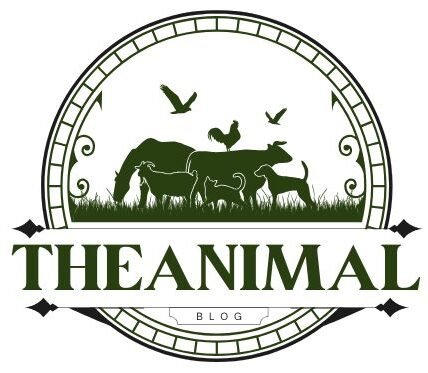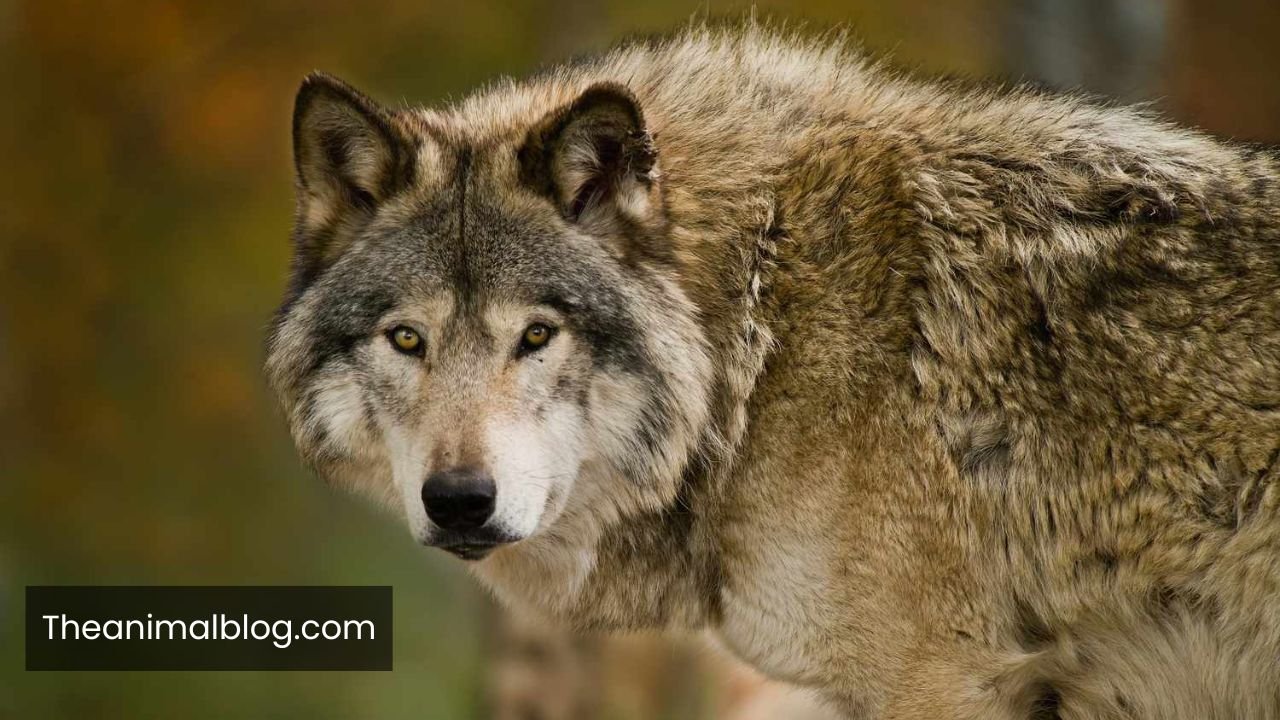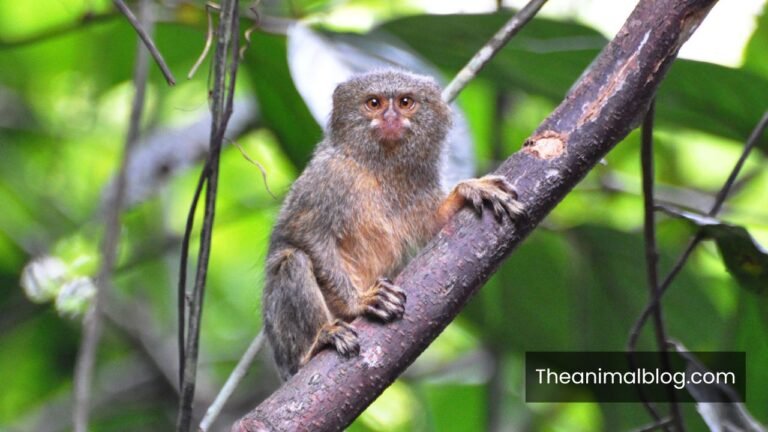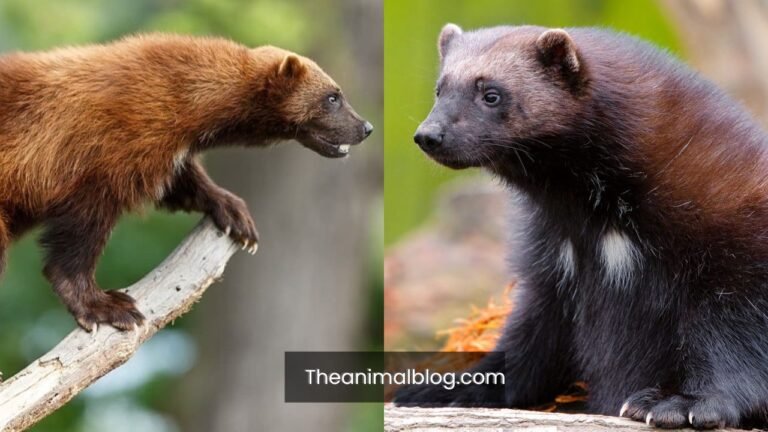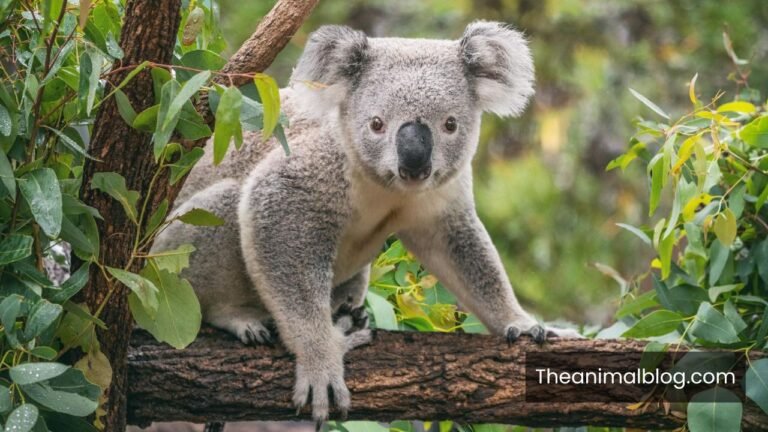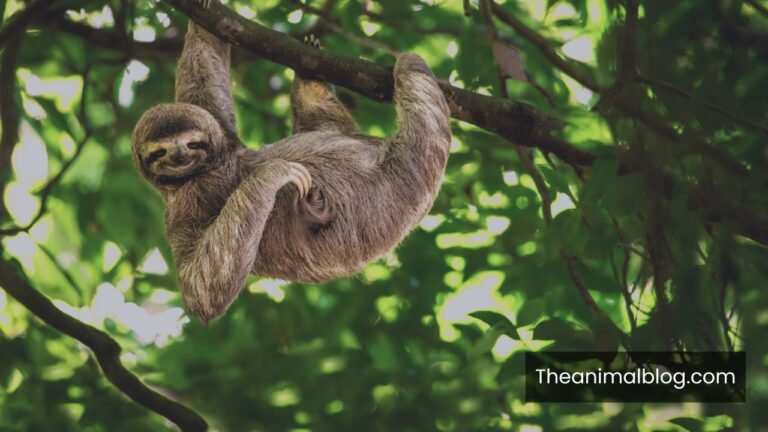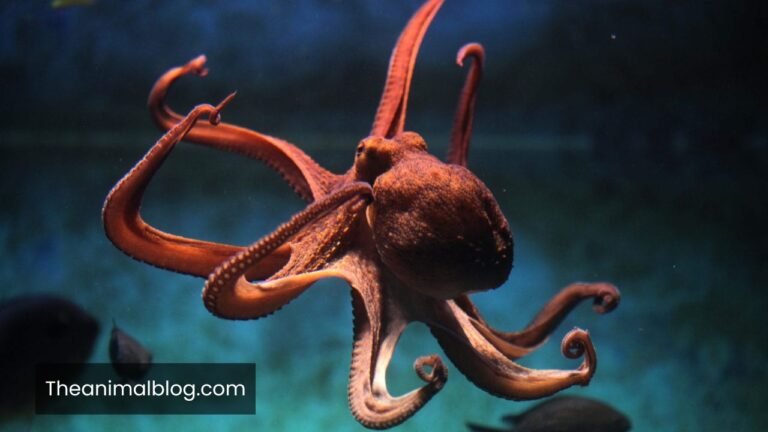Explore Behavior About Wolves: Do Wolves Purr?
Imagine a world where the majestic howl of a wolf is complemented by the soothing sound of a purr — sounds far-fetched, right? Yet, the question “Do wolves purr?” invites us to delve deeper into the complex behaviors of these fascinating creatures. Understanding how wolves communicate not only enhances our appreciation for their social structures but also sheds light on their emotional lives. In this article, we’ll explore the nuances of wolf behavior, unraveling the truth behind their vocalizations and what they mean for their survival.
Sounds that Wolves Make
As researchers continue to study wolf sounds, they uncover even more layers to their interactions, suggesting that these vocalizations are not just instinctual but may also carry emotional weight, fostering bonds that enhance their survival in the wild.
Following is the different sounds of wolves that wolves can make :
Howls
Howls are perhaps the most iconic sounds made by wolves, serving as a powerful form of communication that transcends mere vocalization. When a wolf howls, it’s not just a solitary call; it’s an intricate social signal that can convey various messages to pack members and potential rivals.
The haunting melody carries over vast distances, allowing wolves to locate one another in the dense forests or open tundras they roam. This communal aspect of howling reinforces pack cohesion, with each member contributing their voice to create a harmonious chorus that can be beautiful.
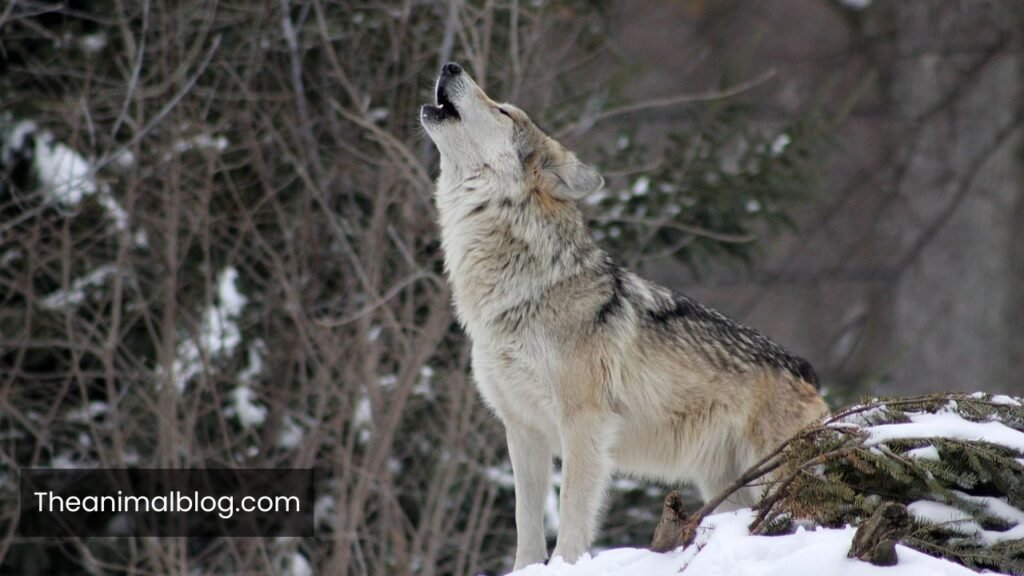
A long, drawn-out howl may indicate a call to gather the pack, while shorter, sharper howls could signal alarm or assert territory. Researchers have discovered that wolves can even alter their howls based on the presence of other packs nearby, demonstrating an impressive level of adaptability and social intelligence.
This nuanced vocal behavior challenges the perception of wolves as merely instinctual creatures, revealing them as complex beings with rich emotional lives and sophisticated social dynamics that echo through the wilderness.
Barks
Wolves are often perceived as the quintessential howlers of the wild, but their barks carry a unique significance that deserves attention. Unlike the sharp, piercing sounds often associated with domestic dogs, a wolf’s bark is more nuanced, serving various purposes within their social structure.
Short and staccato, these barks can signal alarm or alert pack members to potential danger. In a world where communication is vital for survival, these vocalizations play an important role in maintaining the cohesion of the pack.
A series of quick barks may indicate excitement or an invitation to play, showcasing the lighter side of pack interactions. Observing these vocalizations in tandem with body language ( like tail position and ear orientation ) provides insight into the emotional state of the animal.
This complexity highlights not only the intelligence of wolves but also their rich social lives, reminding us that their communications extend far beyond the haunting melodies of their howls. Through understanding the subtleties of wolf barks, we gain a deeper appreciation for these magnificent creatures and their intricate ways of relating to one another in the wild.
Growls
Growls are one of the most primal and evocative sounds made by wolves, serving as a rich form of communication that conveys a spectrum of emotions and intentions. The growl of a wolf can range from a low, rumbling sound to a more intense snarl, each variation signaling different messages to both pack members and potential threats.

A low growl may indicate a warning or a call to attention, while a more aggressive growl can serve as a challenge to rivals or an expression of annoyance. This nuanced vocalization is essential for maintaining the social structure within the pack, as it allows wolves to establish boundaries without resorting to physical confrontation.
Growling is not merely an act of aggression; it can also play a crucial role in bonding among pack members. Wolves often growl softly during play, fostering camaraderie and reinforcing social ties. This playful growling helps young wolves learn their place within the hierarchy, teaching them how to interact appropriately with their elders.
Observing these interactions sheds light on the complexity of wolf communication — growls can be both a tool for asserting dominance and a means of nurturing relationships within the pack.
Understanding the subtleties of wolf growls opens a window into the intricate social lives of these magnificent creatures, reminding us that even in the wild, communication is as multifaceted as it is in human societies.
Whines
Whining in wolves is often misunderstood; it’s not merely a sign of distress but a nuanced form of communication that reveals the complexities of their social structures. When a wolf whines, it can signal submission, a call for attention, or even an invitation to play.
This vocalization plays a crucial role in maintaining pack harmony, allowing individuals to express their needs without resorting to more aggressive behaviors. A young wolf may whine to elicit care or support from older pack members, reinforcing bonds and fostering cooperation.
The pitch and duration of a whine can convey different emotions and intentions. A high-pitched whine might indicate excitement or anxiety, while a lower, drawn-out sound could express longing or impatience.
Observing these subtle variations provides insight into the wolf’s emotional state and its place within the pack hierarchy. In essence, whining serves as a vital tool for social cohesion, enabling wolves to navigate their intricate relationships in the wild with finesse and empathy.
Why Can’t Wolves Purr?
Wolves, despite their close relationship with domestic dogs, are unable to purr, a vocalization commonly associated with felines. The anatomical differences between these species play a crucial role in this phenomenon.
While cats possess a unique laryngeal structure that allows them to produce a continuous sound by rapidly contracting and relaxing their vocal cords, wolves lack this specialized mechanism. Instead, wolves communicate through a rich tapestry of howls, growls, and barks, which serve distinct social functions within their packs.

Delving deeper into the evolutionary significance, the inability to purr highlights the divergent paths that wolves and cats have taken. Wolves rely on their vocalizations to establish territory, coordinate hunts, and strengthen social bonds, using sounds that resonate over long distances in their natural habitats.
This vocal prowess is essential for survival in the wild, where teamwork and communication are paramount. In contrast, the purring of cats is often associated with comfort and social bonding, reflecting their more solitary or less pack-dependent lifestyle. While the absence of purring in wolves might seem like a limitation at first glance, it actually underscores their adaptability and the complex dynamics of their social structures.
How Do Wolves Show Affection?
Wolves exhibit affection in ways that go beyond mere physical interactions, weaving complex social bonds within their packs. One of the most profound displays of affection is through grooming behaviors, where wolves meticulously clean each other’s fur.
This act serves not only to strengthen social ties but also reinforces pack hierarchy and solidarity. The gentle nuzzles and licks are reminiscent of a shared ritual, fostering trust and intimacy that is essential for the pack’s cohesion.
Vocalizations also play a crucial role in expressing affection among wolves. Soft howls, whines, and yips create a symphony of communication that conveys emotional states and reinforces connections.When a wolf howls in a softer pitch, it can signal a call for companionship or reassurance, inviting others to join in a communal bonding experience.
These vocal exchanges highlight the intricate emotional landscape of wolves, showcasing their capacity for empathy and social intelligence that rivals many domestic pets. Through these gestures, wolves not only affirm their relationships but also remind us of the deep-seated need for connection that resonates across species.
Do Wolves Cuddle?
Wolves, often depicted as fierce and solitary creatures, possess a surprisingly tender side when it comes to social bonding within their packs. Contrary to popular belief, these animals engage in behaviors that resemble cuddling, particularly among family members.
When wolves rest together, they frequently pile on top of one another or lean against one another, creating a comforting and protective physical space. This behavior not only strengthens their social bonds but also plays a crucial role in maintaining pack cohesion, especially during cold nights in their harsh environments.
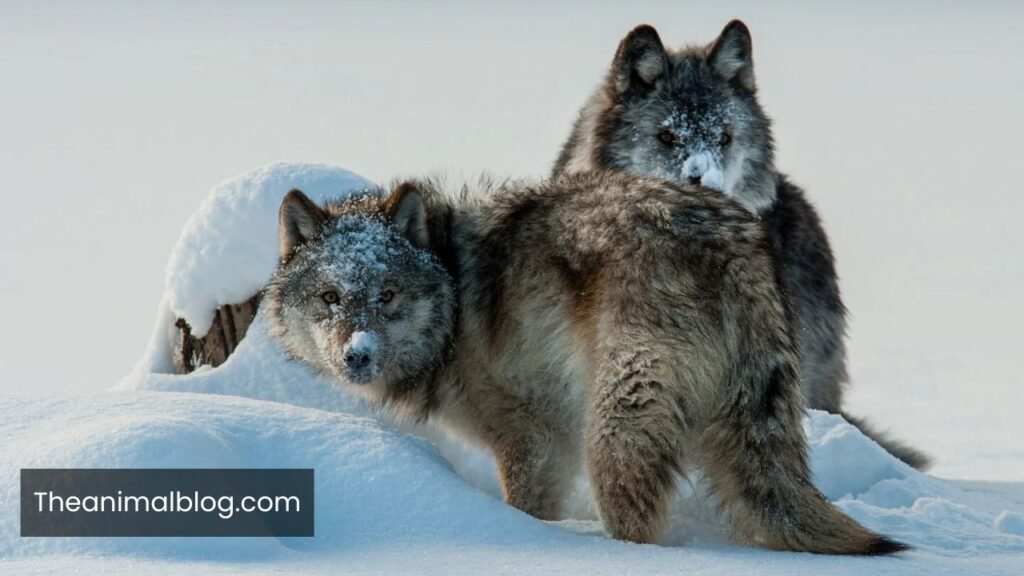
The act of cuddling in wolves transcends mere physical warmth; it serves as a form of communication and reassurance. Through gentle nuzzles and playful interactions, wolves express affection and reinforce hierarchies within the pack.
Observing these interactions reveals a complex emotional landscape where loyalty and trust are paramount. Interestingly, this affectionate behavior can also extend to pups, who rely on close contact with their parents for both warmth and security, highlighting the nurturing aspect of wolf family dynamics that often goes unnoticed.
While wolves may roam wild and free, their capacity for connection reveals a softer, more communal side that challenges our traditional perceptions of these majestic animals.
How Do Wolves Communicate With Each Other?
Wolves possess a sophisticated communication system that transcends mere vocalizations. While howling is often celebrated as their most iconic form of communication, it serves multiple purposes beyond the romanticized notion of wild serenades under the moonlight.
Howls can convey location, reinforce pack cohesion, and even signal to others about potential threats. Studies have shown that the pitch and duration of a howl can indicate the health and strength of the individual wolf, effectively broadcasting their status to both allies and rivals.
Beyond vocal sounds, wolves utilize body language and facial expressions to enhance their interactions. The subtle positioning of ears, tails, and even their stance can express a range of emotions from aggression to submission. A wolf that stands tall with its tail raised may be asserting dominance, while one that lowers its body and tucks its tail displays submission or fear.
This combination of auditory and visual signals creates a rich tapestry of communication that allows wolves to coordinate hunting strategies, establish social hierarchies, and maintain strong bonds within their packs. So, the art of wolf communication is not just about survival; it’s a complex social dance that emphasizes the importance of community in their lives.
Why Do Wolves Howl At Night?
Wolves howl at night for a variety of reasons, and understanding this behavior offers a glimpse into their complex social structure. One compelling reason is communication; howling serves as a long-distance vocalization that helps pack members locate one another in the darkness.
When the moon is high and the world is quiet, a wolf’s howl can carry for miles, allowing them to convey their presence and coordinate movements with remarkable precision.
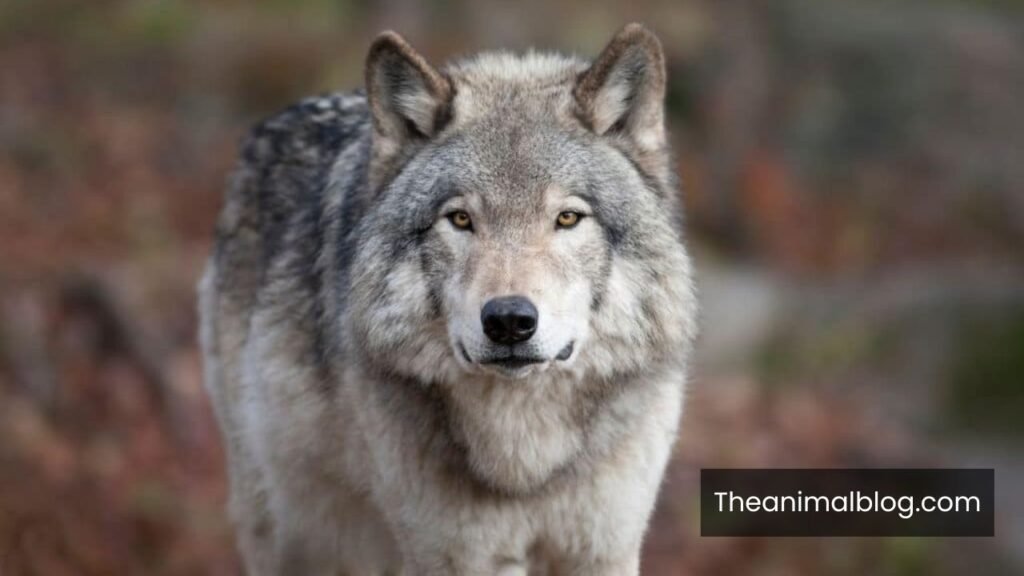
Howling can serve as a ritualistic bonding experience within the pack. It’s not just about signaling location; it’s also about reinforcing social bonds and establishing cohesion among members.
In a world where survival often hinges on teamwork, this nightly chorus strengthens relationships and reaffirms the pack’s unity. Moreover, howling can be a form of territory marking, warning rival packs to stay away. Thus, each haunting note reverberates with meaning, weaving together the threads of communication, social bonding, and territoriality in the lives of these majestic creatures.
Facts of Wolves
- Wolves are not solitary creatures; they thrive in packs, which can range from 2 to over 20 members. This social structure is vital for their survival, as it allows them to hunt larger prey and raise pups collaboratively.
- Communication among wolves is multifaceted, encompassing vocalizations like howls, body language, and scent marking. Howling serves not just as a means of long-distance communication but also strengthens social bonds within the pack.
- The role of wolves in ecosystems is profound; they are apex predators that help regulate prey populations, which in turn supports biodiversity.
Final Words
The intriguing behavior of wolves continues to captivate researchers and animal enthusiasts alike. While wolves do not purr in the same manner as domestic cats, their vocalizations and body language convey a complex range of emotions and social interactions. Understanding these nuances not only enriches our knowledge of wolf behavior but also highlights their role within the ecosystem. By studying these magnificent creatures, we gain insights into their social structures and the importance of their conservation. Let us continue to explore and protect the fascinating world of wolves, ensuring their legacy for future generations.
Read More: Explore Spiritual Meaning and Symbolism of Seeing A Coyote
FAQs
What sounds do wolves make if they don’t purr?
Wolves are known for their distinctive vocalizations, which serve various purposes in communication within their packs and with other wolves. While they don’t purr like domestic cats, they produce a range of sounds including howls, barks, whines, and growls.
Can Wolves Purr Like Cats?
Wolves do not purr in the same way that domestic cats do. Purring is a unique vocalization primarily associated with felines, which involves a specific mechanism of sound production using the laryngeal muscles. Wolves, being canines, have a different vocal repertoire that includes howling, barking, growling, and whining, but they lack the anatomical structure necessary to produce a purring sound.
Are there other wild animals that purr?
Yes, several wild animals are known to purr, with the most notable examples being members of the Felidae family. While domestic cats are the most familiar purring animals, big cats like cheetahs and some species of leopards also produce a purring sound. The purring mechanism in these wild cats is similar to that of domestic cats, involving the rapid contraction and relaxation of their laryngeal muscles, which creates a continuous sound while both inhaling and exhaling.
